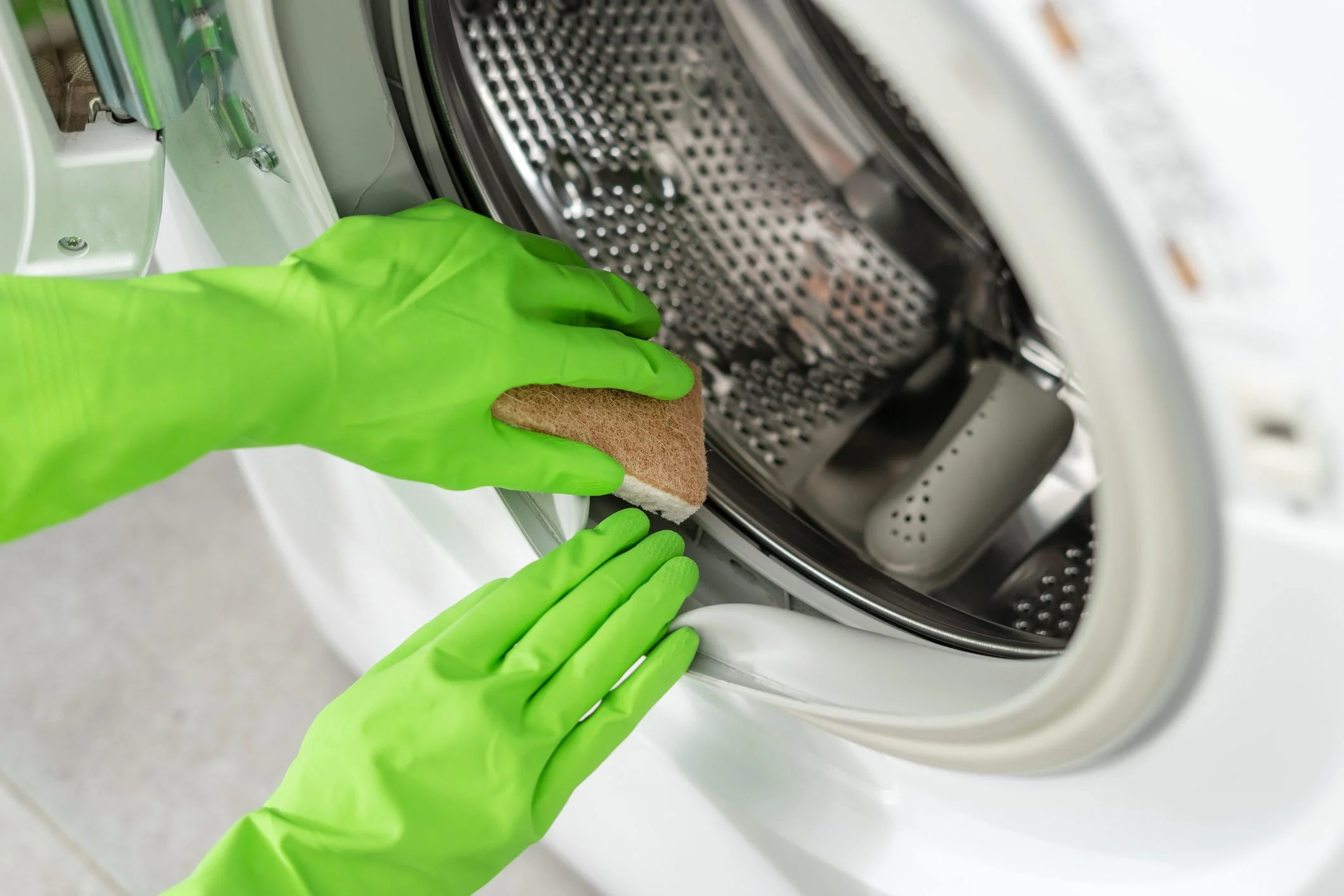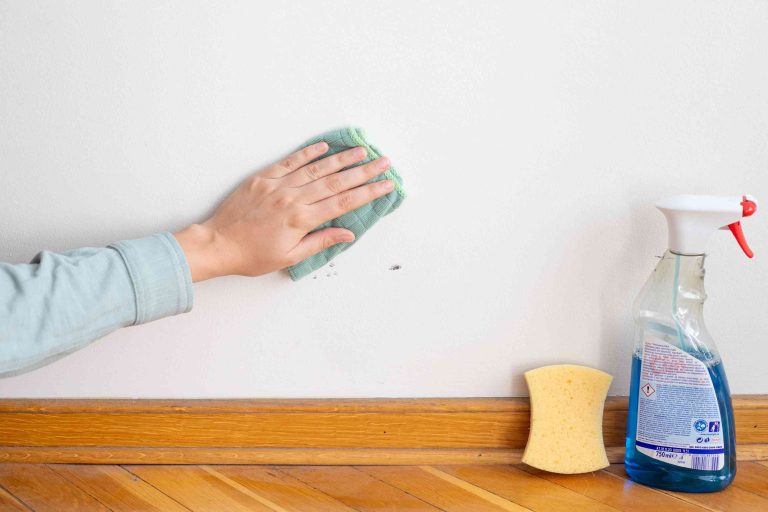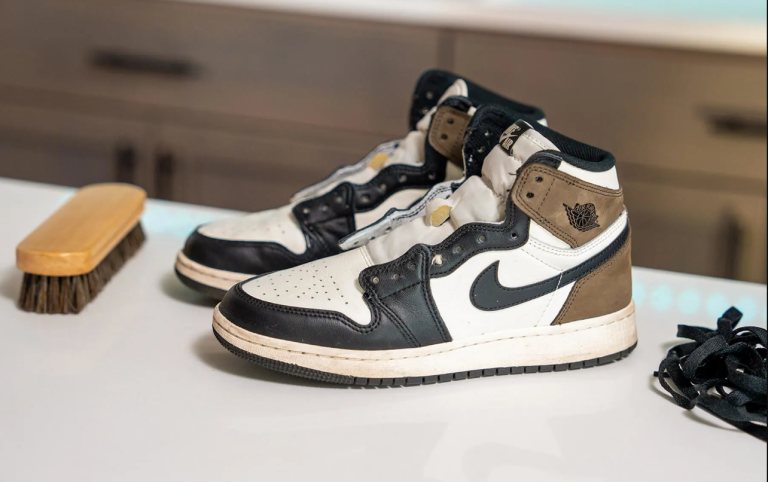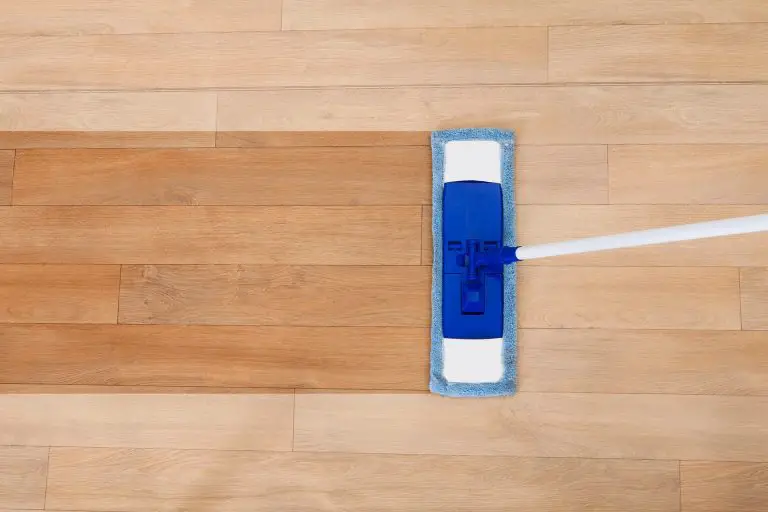How To Clean Mold Out Of Washing Machine
Mold in a washing machine can be an unpleasant surprise. Not only does it look and smell bad, but it can also cause health problems. Fortunately, removing mold from a washing machine is relatively simple and can be done in a few steps. With the right cleaning supplies and some elbow grease, you can have your washing machine looking and smelling fresh in no time. This guide will provide you with the steps you need to take to effectively clean mold out of your washing machine and keep it that way.
What is Mold and How Does it Get Into a Washing Machine?
Mold is a type of fungus that can thrive in wet, warm, and humid environments. It is present in the air we breathe, but when the moisture level in the air increases, it can form colonies and become visible. Washing machines are especially susceptible to mold due to the regular presence of moisture and heat that is generated during the washing cycle. If not properly maintained, mold can form in the hoses, seals, and other areas of the washing machine, leading to potential health risks. To avoid this, it is important to learn how to clean mold out of a washing machine and keep it in optimal condition.
How to Identify Mold in a Washing Machine
Mold is a common problem for washing machines, particularly in humid or damp climates. Mold can cause damage to the washing machine and make clothing smell musty. It is important to identify and remove mold from your washing machine as soon as possible to prevent further damage. Here are some tips on how to identify mold in a washing machine.
First, check the door seal and any areas around the washing machine that may be exposed to moisture. Mold often thrives in dark, damp areas, so look for any signs of discoloration, staining, or mold growth. Secondly, open the washing machine and check the drum and filter for signs of mold. If you notice any unusual smells or musty odors, this could be a sign of mold. Thirdly, check the detergent drawer and any other compartments in the washing machine for signs of mold. Finally, if you suspect there is mold in your washing machine, you can use a black light to help you identify it.
By following these steps, you can easily identify mold in a washing machine and take the necessary steps to remove it.
Preparing to Clean Mold Out of a Washing Machine
When it comes to cleaning mold out of your washing machine, it is important to be meticulous and take the proper precautions to ensure that the job is done properly. Before you begin, it is essential to make sure that the power is off and unplugged, and that the water valve is shut off. It is also important to make sure that the area is well-ventilated and that you wear protective gloves and clothing. Additionally, you should gather the right materials for the job, including a scrub brush, a bucket, and a cleaning solution. Once you have all the necessary materials, you can begin the process of cleaning mold out of your washing machine.
Cleaning the Washing Machine Drum
Cleaning the washing machine drum is essential for preventing the growth of mold. This task can be tedious and time-consuming, but it’s important to do it regularly to keep your machine running smoothly and to prevent mildew buildup. First, you’ll want to use a mild detergent and a clean damp cloth to wipe down the interior of the machine. Pay special attention to the door seal and rubber gasket, as these are areas where mold can easily grow. For a deeper clean, you can also use a specialized washing machine cleaner. This will help remove any caked-on dirt and grime. Once you’ve wiped down the inside of the drum, it’s important to leave the door open so that the interior can air-dry. This will help prevent the growth of mold. Finally, make sure to run a hot water cycle every couple of weeks to help keep the inside of the machine clean and free of mold. By following these steps, you can help keep mold away from your washing machine.
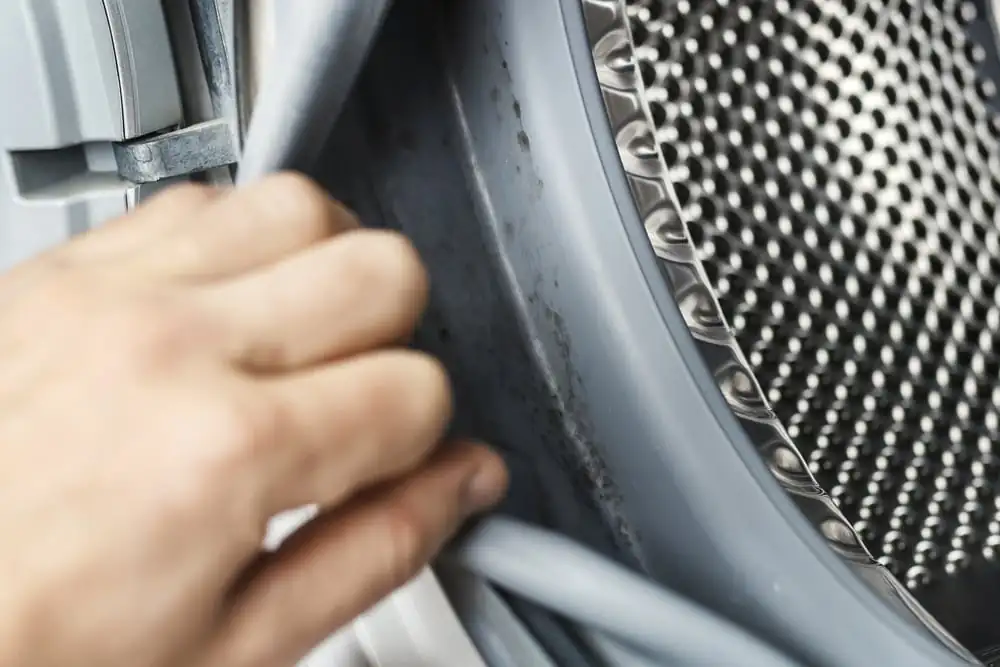
Cleaning the Washing Machine Dispenser
Having a clean washing machine is one of the most important steps in keeping your laundry clean and free of germs. However, if your washing machine dispenser has mold, it can be a challenge to get it out. The good news is that with a few simple steps, you can remove the mold and keep your washing machine clean and fresh.
First, inspect the dispenser to ensure there are no visible signs of mold. If there is, use a sponge to gently scrub away any visible mold. For stubborn spots, use a mild bleach solution, and make sure to rinse the area thoroughly afterward.
If the mold is more deeply embedded, start by soaking the dispenser in a solution of hot water and bleach. Let it sit for at least 30 minutes, then remove and scrub away any remaining mold with a sponge. If the mold is still present, you may need to use a more powerful cleaner such as vinegar or baking soda.
Once the mold is removed, it’s important to keep the dispenser dry. Use a clean, dry cloth to wipe away any excess moisture, and make sure that all parts of the dispenser are completely dry. Additionally, make sure to keep the dispenser open when not in use, so it can air out.
By following these steps, you’ll be able to easily clean the mold out of your washing machine dispenser and keep your laundry clean and healthy.
Cleaning the Washing Machine Hoses
Mold is a common issue in washing machines, but it is not impossible to get rid of. Fortunately, with some regular maintenance and the right cleaning products, it’s possible to keep mold out of your washing machine and keep your clothes clean and fresh. One of the most important steps to keeping mold out of your washing machine is to keep the hoses clean. This is because the hoses can become a breeding ground for mold and bacteria, and can easily spread to other parts of the machine. To clean the hoses, start by unplugging the machine and then disconnecting the hoses. Then, use a mild cleaner or a mixture of baking soda and vinegar to wipe down the inside and outside of the hoses. Finally, rinse off the hoses with clean water and let them dry before reconnecting them to the washing machine. With regular cleaning and maintenance, you can keep your washing machine in good shape and free from mold.
Cleaning the Washing Machine Detergent Drawer
Mold can be a common problem in washing machines, and it is important to clean the detergent drawer regularly to prevent it from growing. The detergent drawer is a container inside your machine that holds detergent and fabric softener. This drawer can become clogged with residue from the detergent, fabric softener, and other items that are washed in the machine. To properly clean the detergent drawer, you should first unplug the machine, then remove the drawer and empty it. After that, use a mixture of warm water and mild detergent to scrub the drawer clean. Rinse the drawer with cold water and allow it to dry completely before replacing it in the machine. Once the drawer is replaced, you should run a hot water cycle with no detergent to flush the machine of any remaining residue. Regular cleaning of the detergent drawer can help reduce the risk of mold growth and keep your washing machine running efficiently.
Preventing Mold From Re-Growing in Your Washing Machine
Mold and mildew in washing machines can be a serious and common problem. Left unchecked, it can cause a musty smell, discolor clothing, and even cause health problems. While it’s possible to clean out mold from a washing machine, prevention is the best way to keep it from growing back. To prevent mold from returning, it’s important to make sure the washing machine is completely dry after each use and to regularly clean the drum and hoses. Additionally, using a washing machine cleaner can help to keep mold and mildew from growing in the first place.
To ensure your washing machine is dry and free from mold, it’s important to leave the door open after each use to allow air to circulate and dissipate any moisture. To help with air circulation, you may want to direct a fan to the washing machine. Additionally, you should regularly clean the drum and hoses to prevent mold from growing. To do this, use a mild detergent and a soft cloth to wipe down the drum and hoses. Be sure to reach into all of the corners and crevices to ensure the entire area is clean.
It’s also a good idea to use a washing machine cleaner once a month to help prevent mold and mildew from growing. Washing machine cleaners can help eliminate odors and bacteria that may cause mold to grow. Furthermore, it’s important to check the hoses occasionally for any signs of wear and tear, which can lead to a water leak and the growth of mold. By taking the appropriate steps, you can help keep your washing machine clean and mold-free.
FAQs About the How To Clean Mold Out Of Washing Machine
What type of cleaning products should I use to clean mold out of my washing machine?
You should use a mixture of bleach and water or a cleaner specifically designed to remove mold from surfaces. Be sure to follow the directions and safety precautions on the cleaner’s label.
How often should I clean the mold out of my washing machine?
Answer: You should clean the mold out of your washing machine at least once a month to prevent an accumulation of mold from forming. Additionally, you should also clean the washing machine after each use as well.
Is there any way to prevent mold from forming in my washing machine?
Yes, you can prevent mold from forming in your washing machine by leaving the door open after each use to allow air to circulate and dry out the machine. Additionally, you should also periodically clean your washing machine with a bleach and water solution or a cleaner designed for mold removal.
Conclusion
Cleaning mold out of a washing machine can be a daunting task. However, with the right tools and techniques, it can be done efficiently and safely. Be sure to use a bleach solution, followed by a thorough rinse and dry cycle. Additionally, be sure to keep a watchful eye on the inside of the washing machine and clean it regularly to prevent the growth of mold.

